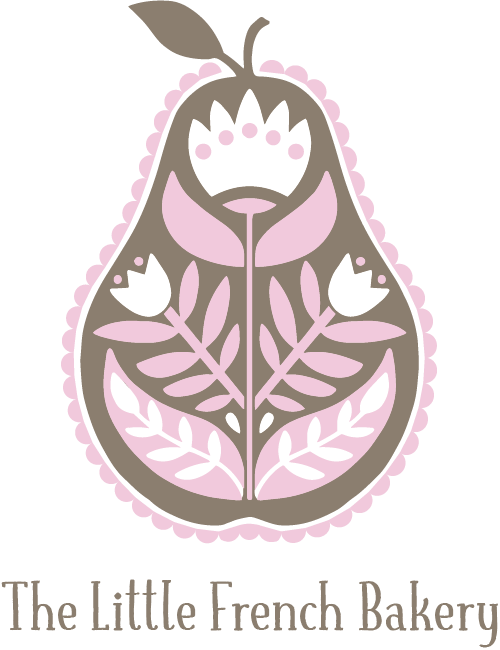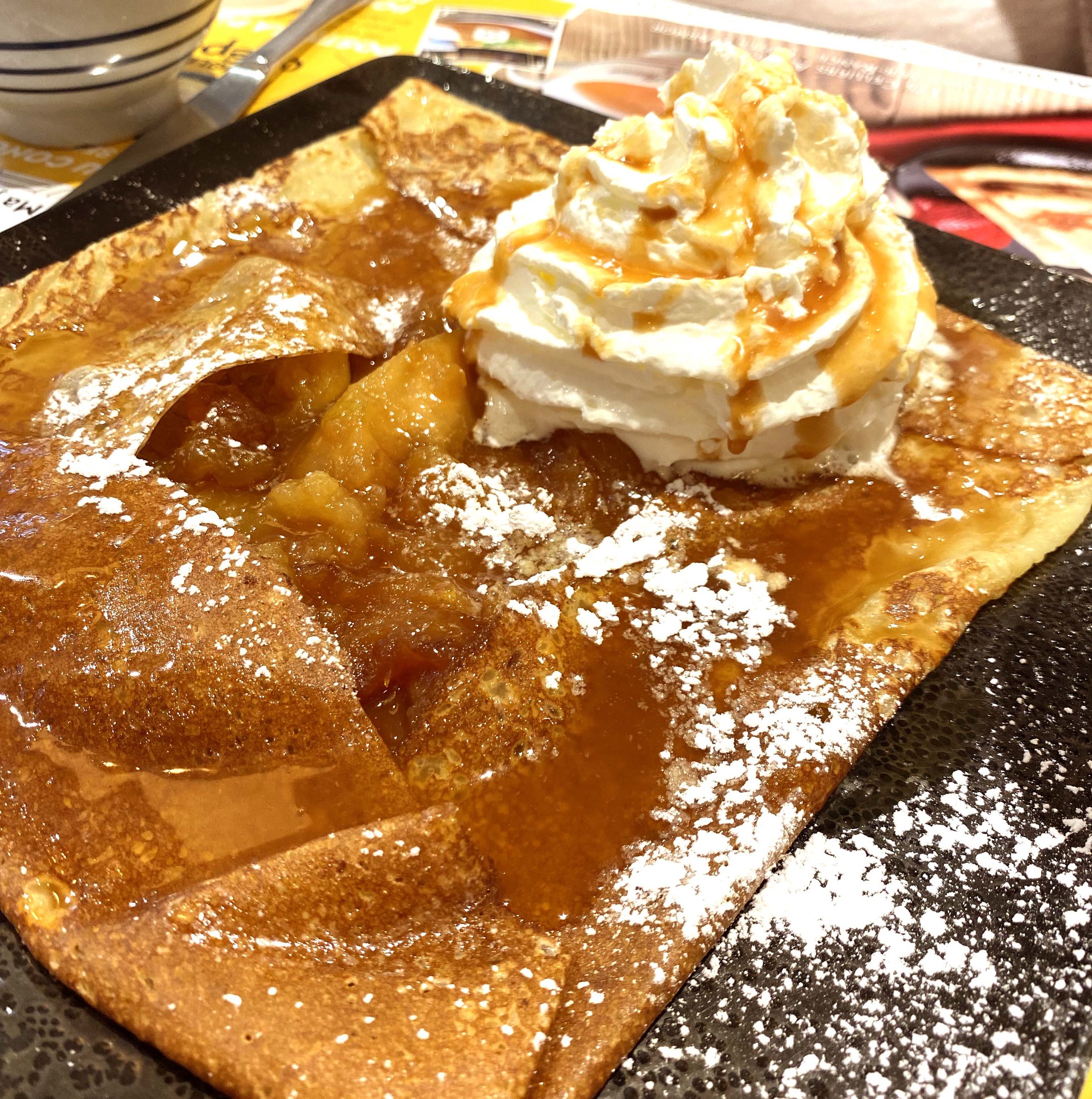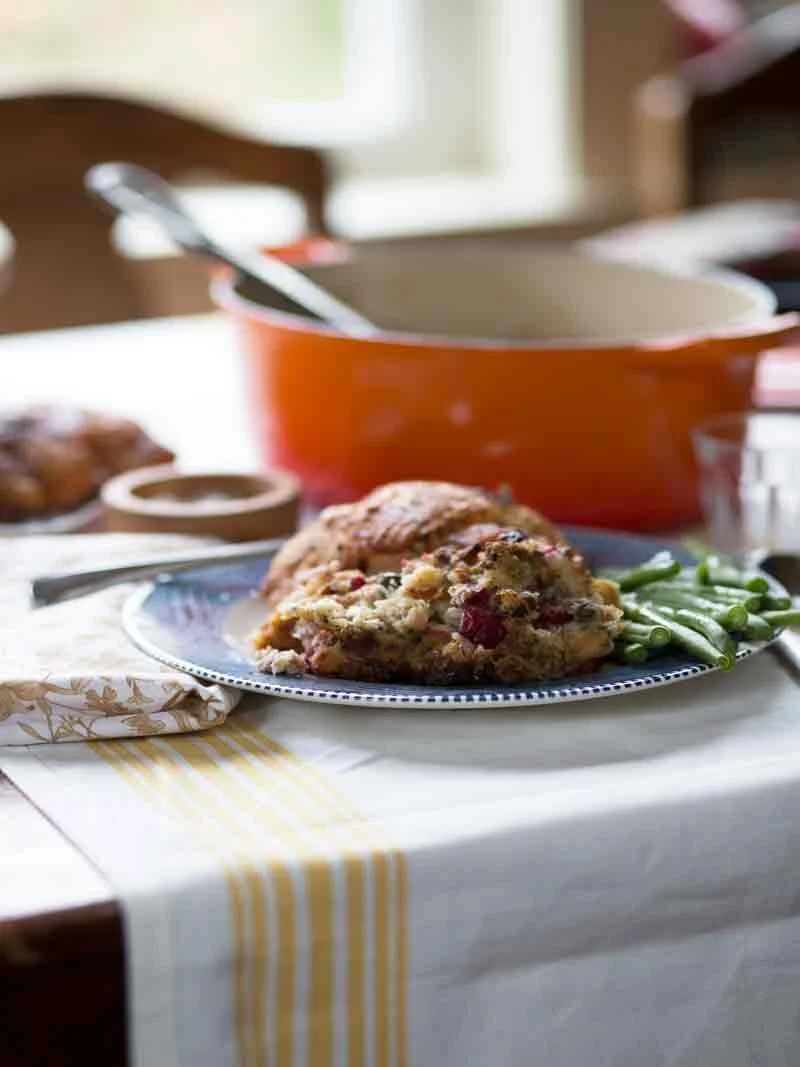Here in the Dairy State, we have many dairy-related events. June is dairy month, and it's hard not to find something fun to do with a dairy theme. There's Cows on the Concourse where farmers bring cows to the Capital square in Madison. There are also dairy breakfasts. In counties around the state a farm hosts a big country breakfast usually consisting of eggs, bacon, sausage, sometime ice cream, coffee and lots of milk. A dairy breakfast can draw hundreds of hungry guests.
Reedsburg, a nearby community is celebrating Butterfest this week. There is an honorary king and queen, the crowning of Miss Reedsburg &Little Miss Reedsburg, a parade, and many other special activities. A whole week dedicated to butter? You bet.
In the spirit of dairy month and Butterfest, I'd like to tell you all about butter. Here at The Little French Bakery, I use pounds and pounds of butter. It's not unusual for a cooking class to use more than twenty-five pounds of butter.
To celebrate butter, I'm going to tell you all about it, and teach you have to make it at home.
Seven Interesting Facts about Butter
1. Why is unsalted butter used for baking?
Salt is added to butter for flavor. Butter making is an art, and each butter maker adds an amount of butter specific to their recipe. By using unsalted butter, pastry chefs can add their own salt "level the playing field" as we say. I often sprinkle fleur de sel (sea salt) on unsalted butter to bring to the table.
2. How do Sweet Cream Butter and Cultured Butter differ?
This butter is churned from cream after it's been pasteurized. Cultured butter has had cultures added to it to create a more flavor.
3. What about butterfat?
Butter is composed of butterfat and water. Each butter maker produces butter with the butterfat content specific to them. Sweet Cream butter is usually between 75-82% butterfat. It seems to be the case, the more butterfat, the higher the price of the butter. Cultured butter is typically also 84% butterfat.
4. What is beurre sec?
French pastry chefs use beurre sec, or dry butter, to make croissant dough, puff pastry and other pastries. While not found easily in the United States, it is 84% butterfat, and cultured, so using a high quality European Style Cultured butter will be the perfect substitution.
5. What is Brown Butter?
Brown, or browned, butter is made on the stove top by heating butter and browning the milk solids. Browned butter has a delicious nutty smell and taste.
6. What is Clarified Butter?
If you melt butter slowly, then allow the milk solids to settle to the bottom, the clear liquid butter is clarified butter. It has a higher burning point, and is lovely for dipping seafood. It's also used to make Madeleines and Pounds Cakes, to make the crumb of these pastries extra tender.
7. Where does Margarine fit in?
Well, it kind of doesn't. Not this week. In 1895, margarin (or Oleo) was banned from being sold in Wisconsin. People want to buy buy had to cross the state line and buy margarine in other states. Inside each package was a capsule containing yellow coloring. Once the product was home, the coloring was kneaded through the fat to give it a butter color. It wasn't until 1967 when the ban was lifted and margarine was available in Wisconsin.
Now let's make butter. No churn, not too fancy equipment. Just a stand mixer fitted with the paddle attachment. If you don't have a stand mixer, you can also you a hand mixer.
I used heavy cream from Organic Valley, located in LaFarge, Wisconsin. I use their organic European Cultured butter for croissant work, and the Sweet Cream butter for baking. The butter I'm making today is considered sweet cream butter with an approximate butterfat content of 80%.
This is the butter just out of the mixer. There is NO color added to the butter. It's magic, and it will turn a beautiful pale yellow as it mixes (churns!)
The almost-finished butter, kneaded and ready to be salted.
The butter is shaped and wrapped and ready to chill. There's no need to wait if you're ready to use it.
Two pints of heavy cream yielded 300 grams of butter and 1 3/4 cups buttermilk.
Click HERE to print the recipe. When you make the recipe, I'd love it if you would take a photo and post to Instagram, Pinterest or Facebook including the tag #lfbgram. It may be featured in my social media! I can be found on Instagram, Pinterest, and Facebook.
Sweet Cream Butter
1 quart heavy cream (I use organic)
Salt (about 1/2-1 teaspoon) to taste & chopped herbs as desired
Instructions
Place the chilled cream in the bowl of the mixer, fitted with the paddle attachment. You may wish to place plastic wrap or a towel around the mixer to catch any splashes. Start whipping at low speed until foamy, then gradually increase the speed to low/medium. Beat the cream until the buttermilk separates from the butter, about 22-25 minutes. Gradually slow the mixer speed as the butter starts to develop. You'll have the butter thumping against the side of the bowl, and hear the buttermilk sloshing around.
Pour off the buttermilk into a small bowl and place the butter on to a piece of parchment paper, or wax paper. Using gloves, or a piece of paper between your hands and the butter, knead the butter to squeeze out any buttermilk, (over the bowl). Continue kneading in the salt. It may be helpful to knead on to a clean flour sack towel to absorb the last of the buttermilk If too much buttermilk is left in the butter, it will sour, spoiling the butter after a few days. If most is removed, it can be stored up to two weeks in the refrigerator.
Shape the butter ( I create a log shape), wrap in waxed paper and chill. Store up to two weeks in the refrigerator.
I like to use freshly made butter as a condiment rather than mixing it into a recipe. Here are some extra special butter-rich treat. A popular French appetizer is radishes, butter and sea salt. Try the radishes with your butter, or try this recipe...
Have fun, enjoy the butter and talk to you.
Peace, Love and Desserts,
Susan
Here are most blog posts I think you'll enjoy-



















